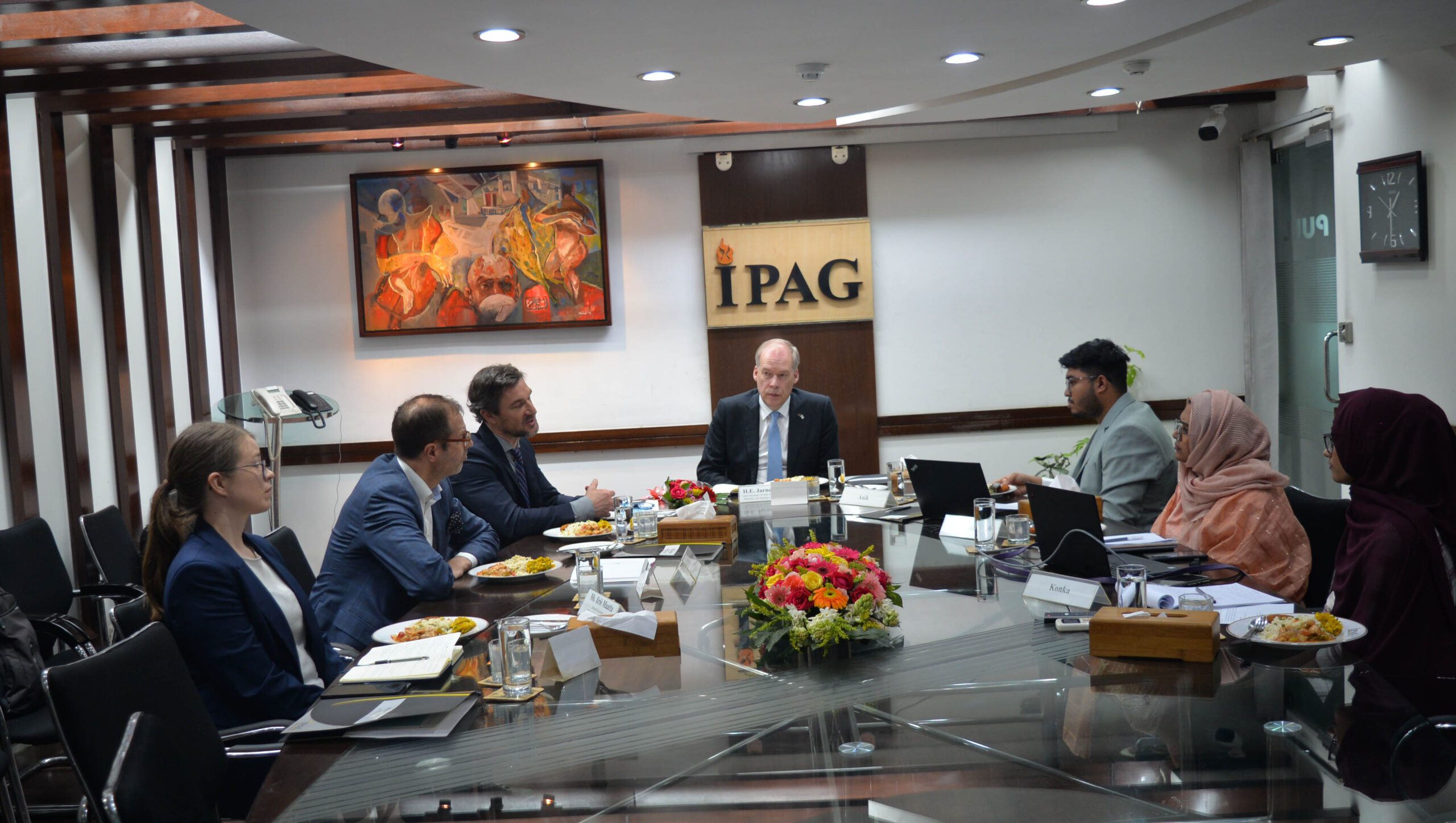Prof. Syed Munir Khasru
South China Morning Post
November 4, 2024
https://www.scmp.com/opinion/asia-opinion/article/3284444/asia-emerging-unlikely-champion-race-net-zero?module=perpetual_scroll_0&pgtype=article
___________________________________
As Azerbaijan’s capital Baku prepares to host the Cop29 climate conference from November 11, Asia stands at a crossroads in the global fight against climate change. The region, home to 60 per cent of the world’s population and 53 per cent of global emissions, is emerging as an unlikely champion in the race to net zero. While challenges remain formidable and estimates suggest meeting its goals by 2050 will cost about US$70 trillion, Asia’s commitment to climate action is reshaping the global environmental landscape in unprecedented ways.
Asia’s climate journey embodies a striking paradox. The region remains heavily dependent on fossil fuels, with China alone consuming 53.8 per cent of the world’s coal in 2022. However, it is precisely this enormous carbon footprint that has sparked some of the most ambitious climate commitments anywhere. Southeast Asian nations are showing remarkable leadership in climate action. The Philippines’ bold commitment to reduce emissions by 75 per cent by 2030 sets a new standard for developing nations. Singapore, despite its size, has established a precise emissions cap of 60 million tonnes by 2030, backing this commitment with comprehensive carbon pricing mechanisms and investments in renewable energy infrastructure.
The region’s approach to carbon pricing is particularly noteworthy. Singapore’s carbon tax framework, implemented in 2019, has become a model for other economies. Indonesia’s carbon trading scheme, launched in 2021, shows how emerging economies can integrate market-based mechanisms into their climate strategies while maintaining economic growth. Vietnam’s renewable energy transformation deserves special mention. It has become a leader in solar power deployment, increasing its capacity to 16.5 gigawatts in just a few years. This shows how rapidly developing nations can pivot towards clean energy when supported by appropriate policies and international cooperation.
While remaining the world’s largest carbon emitter and coal consumer, China has simultaneously emerged as the global leader in renewable energy installation. Beijing’s commitment to peak emissions before 2030 and to achieving carbon neutrality by 2060 has inspired massive investments in clean energy infrastructure. The numbers tell a compelling story. China’s non-fossil-fuel capacity is expected to reach 1,200GW by 2030, and its share of global emissions is projected to decrease from 33 per cent to 22 per cent by 2050. This transformation, while maintaining economic growth, offers valuable lessons for other developing nations. China’s leadership in electric vehicle (EV) adoption and manufacturing is particularly impressive. It accounts for more than half of global EV sales and has built a comprehensive supply chain for battery production. This transition both reduces emissions and creates new economic opportunities and jobs in the green economy.
India’s climate journey exemplifies Asia’s potential for transformation. It is currently the world’s third-largest source of global emissions but has emerged as a leader in renewable energy deployment, ranking fourth globally in installed renewable capacity. The country’s commitment to producing 5 million tonnes of green hydrogen by 2030 and achieving net zero by 2070 has opened up huge investment opportunities in the clean energy transition. New Delhi’s ambitious National Green Hydrogen Mission and solar energy expansion plans demonstrate how developing economies can align climate action with economic development. India’s success in driving down renewable energy costs is remarkable. Solar power tariffs have plummeted to a record low of less than 2 rupees (US$0.02) per kilowatt hour in recent auctions, making it cheaper than coal-based power in many instances. The country’s massive renewable energy parks, including the world’s largest solar park in Bhadla, Rajasthan, showcase the scale of India’s ambitions. This dramatic reduction in solar costs has accelerated India’s energy transition and created a replicable model for others grappling with the challenge of balancing economic growth with climate action.
The scale of Asia’s climate ambitions requires unprecedented financial mobilisation. The region’s need for US$70 trillion of investment has sparked innovative financing mechanisms. Green bonds, sustainability-linked loans and climate-focused venture capital have experienced rapid growth. The Asian Infrastructure Investment Bank’s commitment to cease funding coal-related projects and increase green financing signals a fundamental shift in regional investment patterns. Japan and South Korea have emerged as major financiers of green projects in Asia. Their expertise in technology and finance has been crucial in supporting renewable energy projects and energy-efficiency initiatives. Japan’s Green Innovation Fund and South Korea’s Green New Deal exemplify how developed Asian economies are facilitating the region’s transition to clean energy. As Asia leads the way in climate action, several challenges remain. Balancing rapid economic growth with emissions reductions requires careful policy calibration. The region’s heavy reliance on coal-fired power plants cannot be eliminated overnight, and the transition must be managed to ensure social equity and economic stability.
The challenge of grid integration and energy storage becomes increasingly critical as renewable energy penetration grows. Countries must invest heavily in grid modernisation and storage solutions to manage the intermittent nature of renewable power. Cross-border power trading and regional grid integration initiatives, such as the Asean Power Grid, offer potential solutions. Asia’s leadership in renewable energy deployment, carbon market development and green financing provides a blueprint for global climate action. The region’s approach shows that economic development and environmental protection can be mutually reinforcing goals. As Cop29 approaches, Asia’s journey offers valuable lessons. Its success in combining ambitious climate targets with pragmatic implementation strategies shows that the path to net zero, while challenging, is achievable. With continued international support and regional cooperation, Asia is not just participating in the global climate fight – it is leading it.




0 Comments